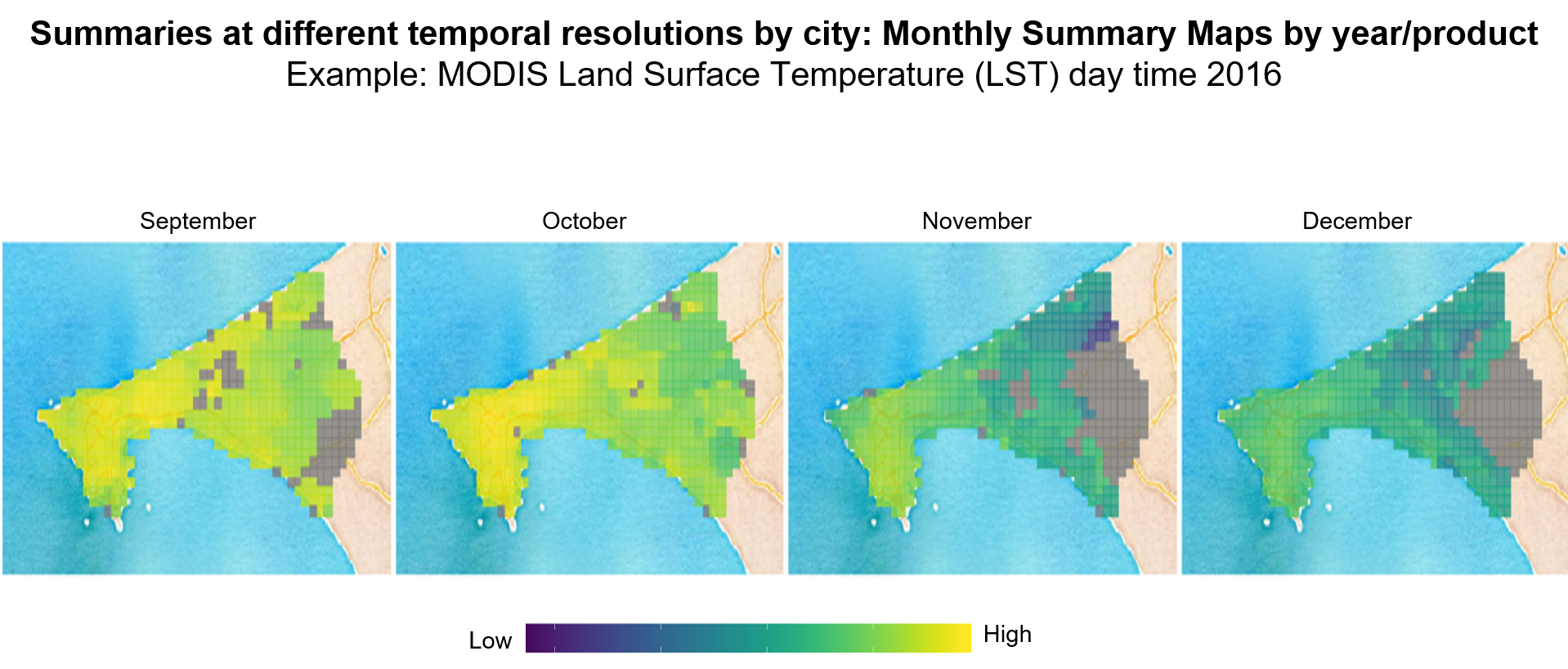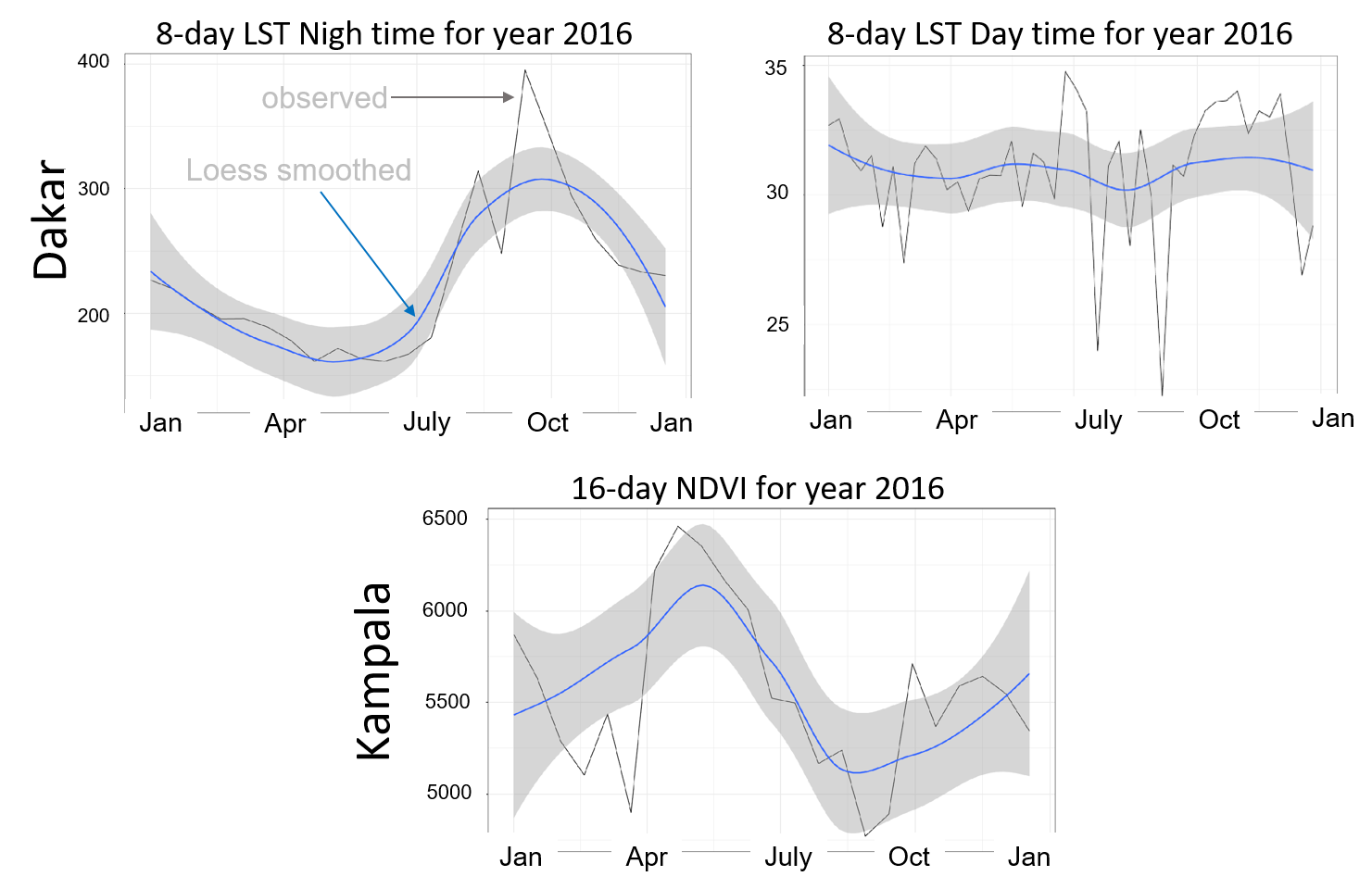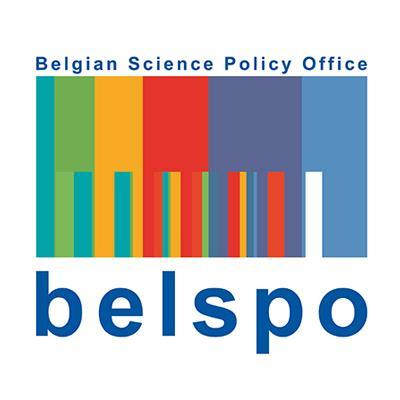In this package the work focuses on the processing of L/MRRS time series and the generation of potentially useful variables for malaria risk predictions and the description of climatic, environmental and possibly socioeconomic urban conditions. The objective is to process and develop a set of times series of variables relevant to describe climatic, environmental and possibly socio-economic urban conditions relevant to the epidemiology of malaria in the urban and surrounding rural areas. This provides the building block for the long-time view of the research. This package has the goal of collecting, processing data and generating environmental and social variables from L-MRRS/High temporal resolution data to feed the urban climate model, the environmental change model and the inter-urban epidemiological risk model.

Data acquisition and pre-processing
- MODIS data will be downloaded and processed to match the areas surrounding 20 cities across Africa for the period 2005-2015.
- DMSP data will be downloaded for the period 2005-2015 for the same set of 20 cities
Extraction of variables to be input in the spatial models
- MODIS will be used to extract and characterize climatic and environmental variables such as precipitation, vegetation, temperature, cloudiness and albedo with a high temporal resolution.
- DMSP, registering night light use, will also be extracted to attempt to capture the socioeconomic level of an African city when related to its population.
- In addition, we develop imperviousness from reflectance bands and the land cover data and higher resolution information developed in other packages for training.

Whenever possible, the methodology developed will be scalable and automated in a workflow in order to be used for data of any resolution. We will use open source platform/software and scripting languages including R and Python for greater transparency and reproducibility.


